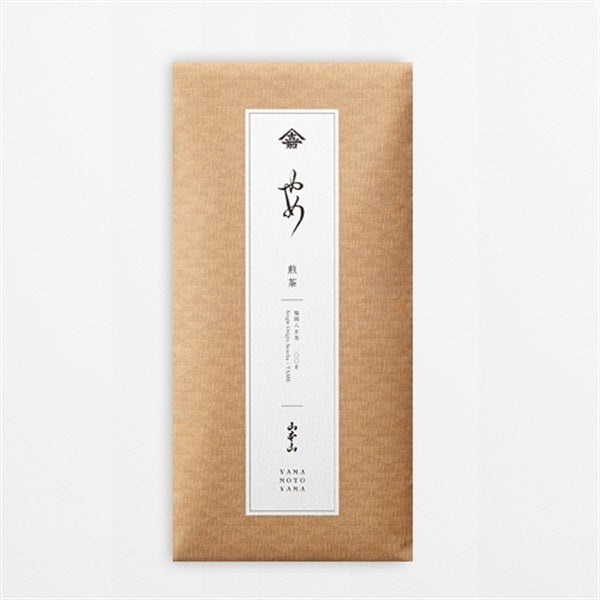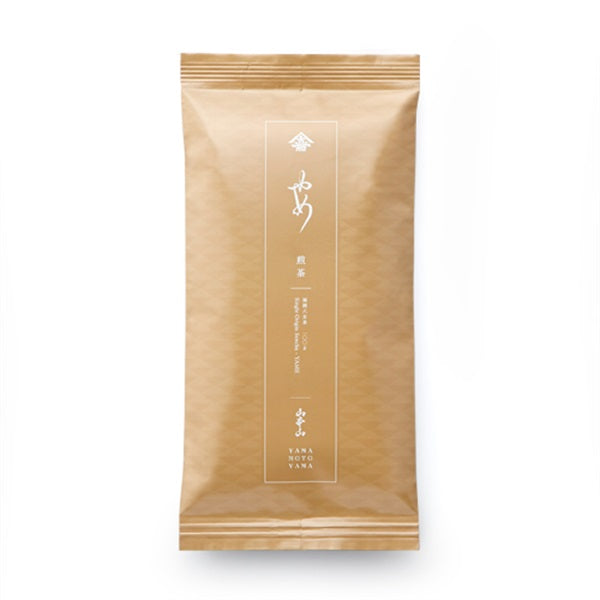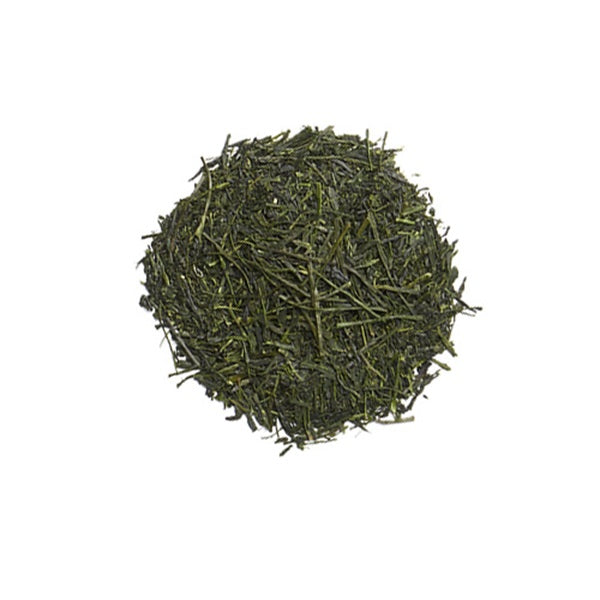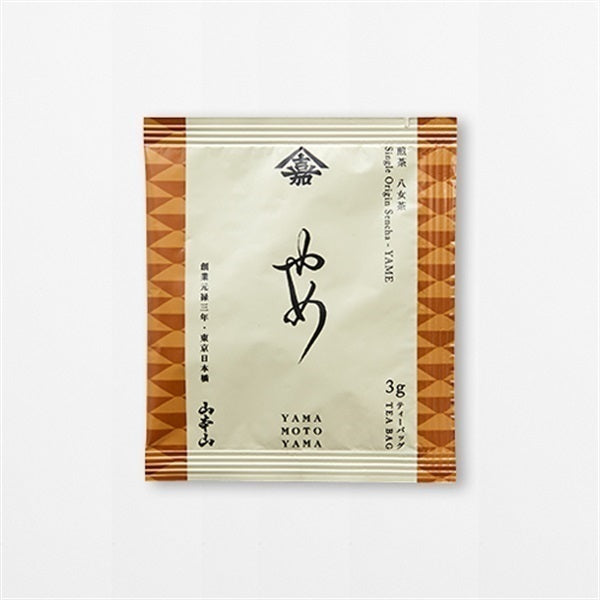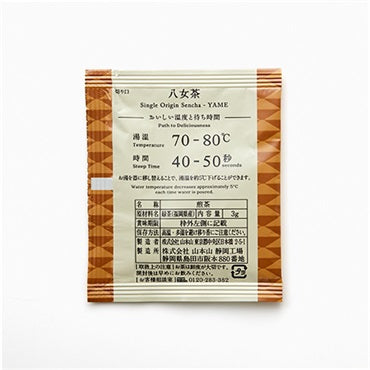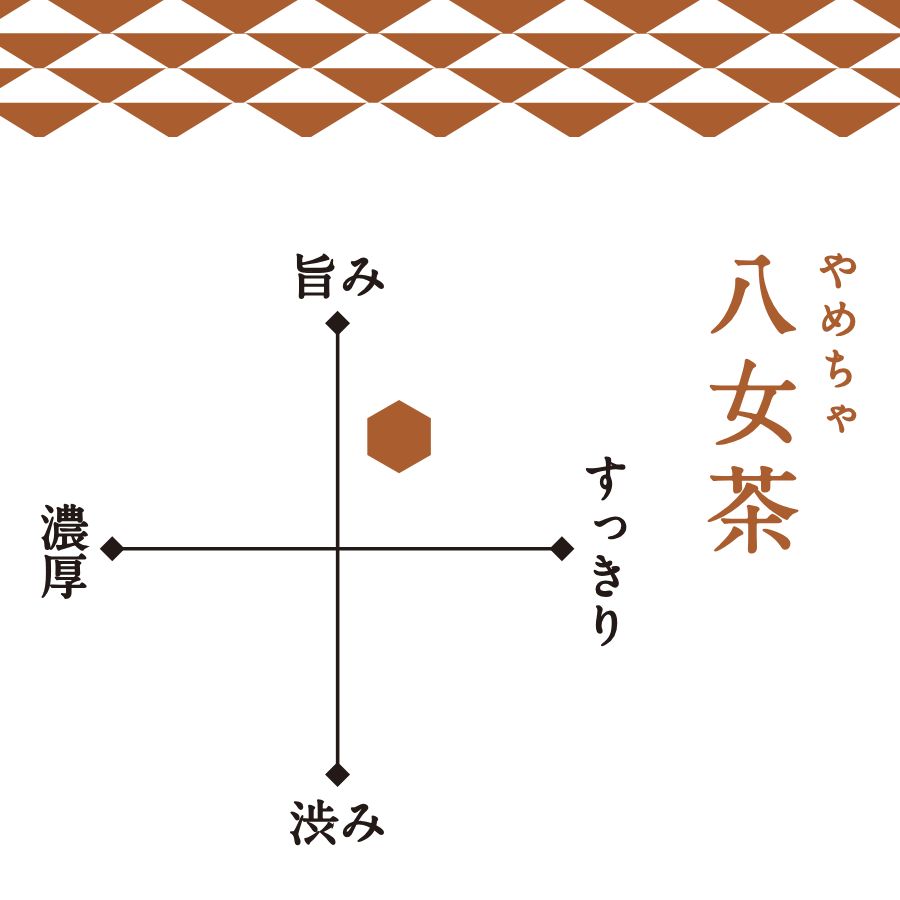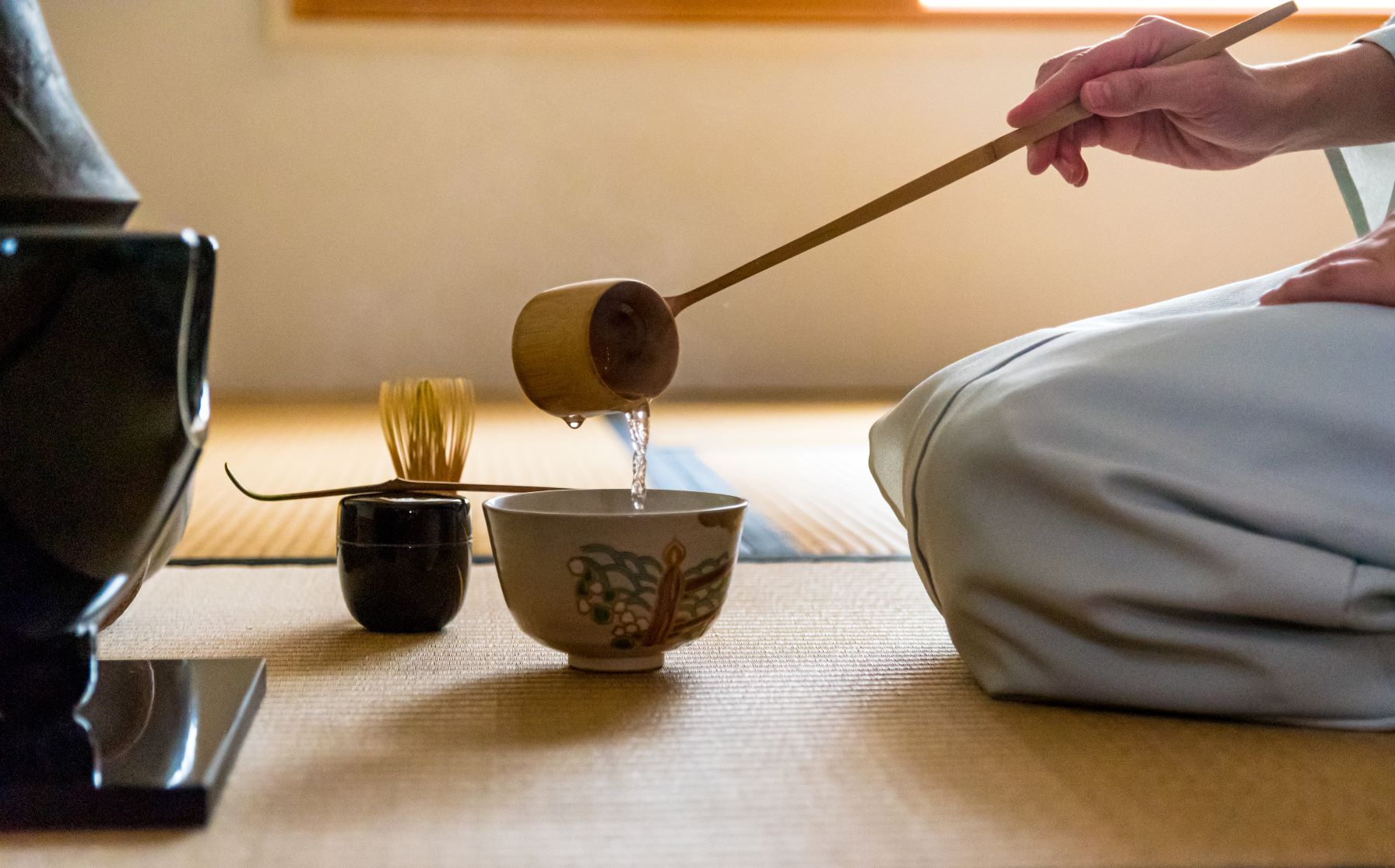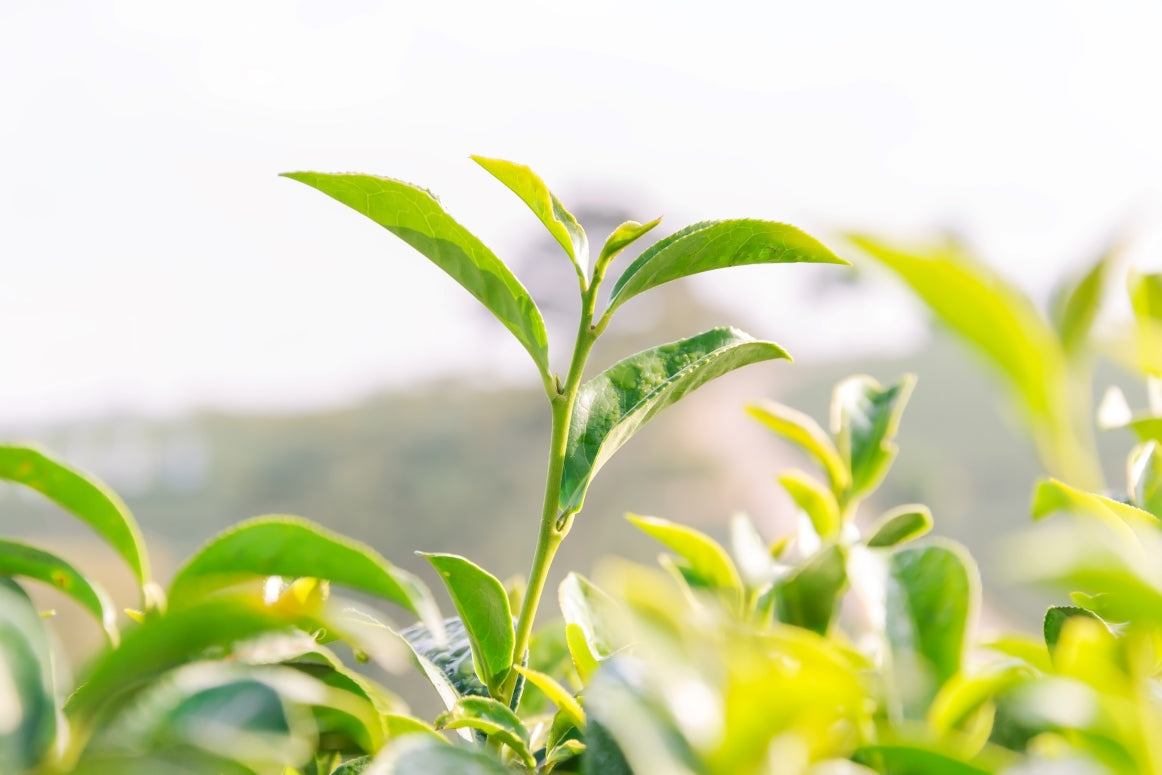
Taste the real Yame tea! Learn about its origins and characteristics
Introduction
Yame tea is a type of Japanese tea produced mainly in Yame City, Fukuoka Prefecture. It is characterized by its deep richness, sweetness, and rich aroma, and is highly regarded not only in Japan but also overseas.
Yame City, where it is produced, is located in the southwestern part of Fukuoka Prefecture, close to Oita and Saga prefectures, and Gyokuro is grown in the mountainous areas and Sencha in the flatlands.
This time, we will explain in detail the characteristics and history of Yame tea.

Yame's climate is perfect for growing tea
The greatest feature of Yame tea is its rich flavor and body.
This is a result of the climate of the Yame region, where there is a large difference in temperature between day and night and fog is likely to form. By blocking sunlight, the fog increases the umami components in the tea leaves and brings out their elegant aroma.
The quality of Yame tea is also supported by the fertile soil nurtured by abundant clear waters such as the Chikugo River and the Yabe River. The soil, which has been nurtured over many years by repeated flooding of the rivers, is rich in nutrients necessary for the growth of tea plants.

Traditional Cultivation Methods
Gyokuro cultivation is especially popular in the mountainous areas of Yame. Gyokuro is known to be produced through cover cultivation, and while cheesecloth is becoming more common nationwide, the traditional method of covering the tea with woven straw mats is still used in Yame. Yame's Gyokuro is usually produced by covering the tea bushes around mid-April, and the tea is harvested from late April to late May.
In addition, Yame tea trees are mainly cultivated using a method called "gajuugata."
This method keeps branches to a minimum, so each branch grows thicker and larger new shoots. By deliberately reducing the number of shoots and concentrating the nutrients, the tea is especially rich in flavor and richness. The result is a sencha that combines the freshness of morning mist with the flavor of gyokuro.
In addition, most Yame tea farmers stop harvesting after the second harvest, omitting to pick the third harvest. This allows the tea plants to store enough nutrients and produce high-quality tea leaves. This is the reason why the production volume is low compared to the cultivation area, and a cultivation method that emphasizes quality over quantity is used.

The History of Yame Tea
Yame tea has a long history, dating back to 1423 when Zen Master Shuzui brought back seeds from the Ming Dynasty and planted them at Reiganji Temple.
The fertile soil and abundant water sources of the Yame region were suitable for tea cultivation, so the area under cultivation expanded rapidly, and the area was already known as a tea-producing region during the Edo period. Yame tea at that time was treated as a luxury tea, and was presented to the shogun family and feudal lords.
After the Meiji period, the opening of railways and advances in tea-making technology led to a large expansion in Yame tea production. The widespread use of the deep steaming method contributed greatly to improving the quality of Yame tea.
Even today, Yame tea is widely enjoyed both in Japan and overseas as one of Japan's leading teas, and it continues to achieve excellent results at national tea competitions.
Deep steaming method creates rich flavor and full-bodied taste
Yame Sencha has traditionally been regular sencha, but recently, with the Yame brand becoming more well-known in the Kanto region, there has been a shift to deep-steamed tea. By steaming the tea leaves at high temperatures, the umami components are less likely to be destroyed, resulting in a rich, mellow tea with less astringency. It is a tea with a unique aroma and a deep sweetness that is deeply flavorful.

summary
Yame tea has excellent flavor and aroma, and its tea leaves are sharp, slender, and beautifully shaped like needles.
While preserving the traditional methods that have been used since the Edo period, Yamecha has also incorporated modern techniques, and has grown into a world-class Japanese tea. Yamecha, nurtured by a deep history and skilled techniques, continues to fascinate many people with its elegant aroma and mellow taste.



